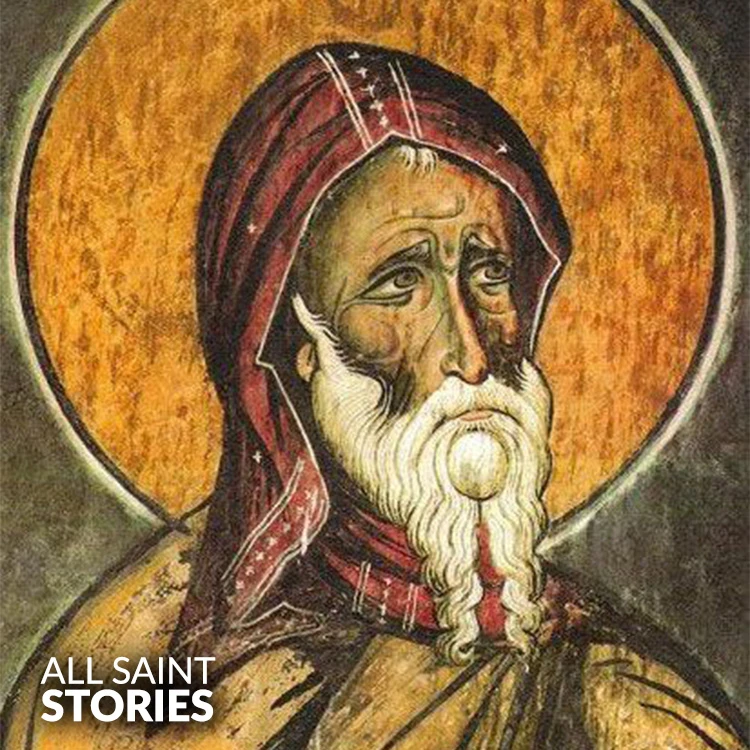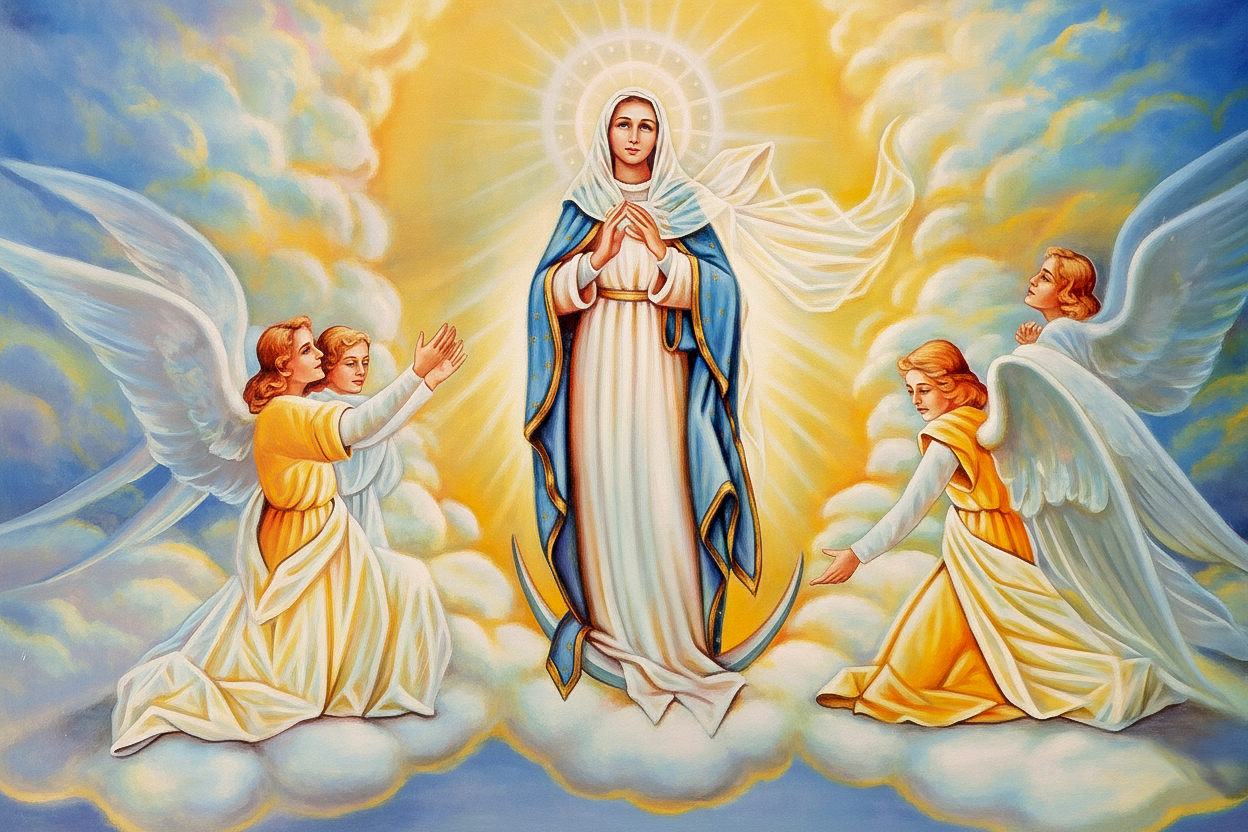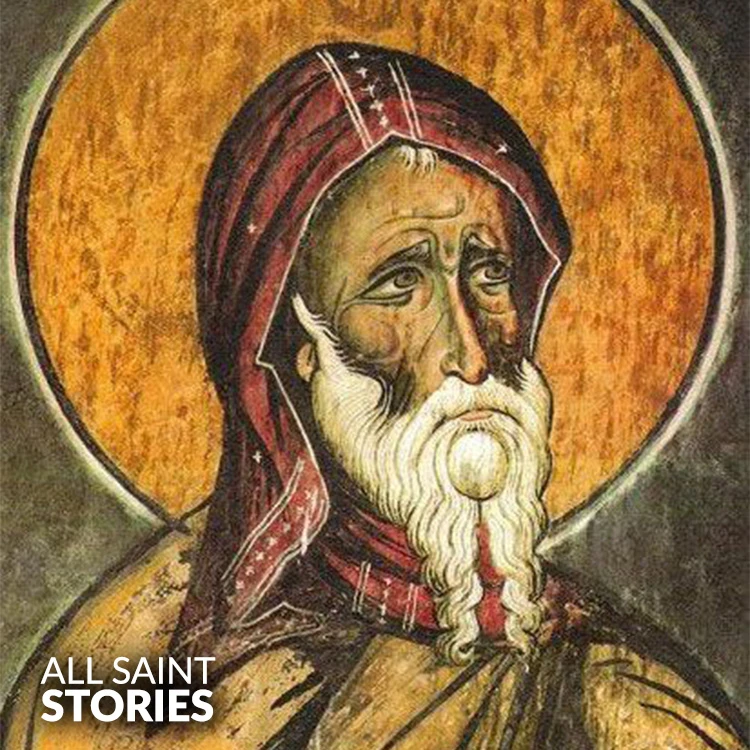
St. Anthony the Hermit, also called Anthony the Great, was a 3rd-century Egyptian ascetic who is widely considered the founder of Christian monasticism. He lived a life of solitude and intense prayer in the desert, inspiring generations of monks and hermits with his teachings and example of devotion.
St. Anthony the Hermit, also known as St. Anthony the Great or Anthony of Egypt, was born around 251 AD in Coma, a small village near Herakleopolis Magna in Egypt. He is regarded as one of the earliest and most influential Christian monks, often honored as the "Father of Monasticism." After losing his parents at a young age, Anthony was inspired by the Gospel passage where Jesus tells a young man to sell all his possessions and follow Him. Taking this command to heart, Anthony gave away his inheritance and dedicated his life to solitude, prayer, and asceticism.
He began his spiritual journey by living on the outskirts of his village, learning from other local ascetics. However, seeking deeper communion with God, he moved into the Eastern Desert of Egypt, near the Red Sea, where he spent decades in almost complete isolation. There, he devoted himself to a strict life of fasting, manual labor, and ceaseless prayer. According to tradition, Anthony endured many spiritual trials, including vivid visions and intense battles with demons who tried to tempt or frighten him. These stories of his struggles would later inspire countless artworks, including famous paintings by Hieronymus Bosch and Salvador Dalí.
Despite his desire for solitude, Anthony’s fame spread throughout the region. Many people came to him seeking wisdom and healing, and his reputation attracted a large number of disciples. Eventually, his example led to the formation of organized monastic communities, although Anthony himself never established a monastery. His life became the model for later monastic rules and practices, especially in the Eastern Orthodox, Coptic, and Catholic traditions.
St. Athanasius of Alexandria, who would become a significant church father in his own right, wrote The Life of Anthony, a biography that became a foundational text for Christian monastic literature. It spread throughout the Roman Empire and had a deep influence on Christian spirituality, especially among those seeking a life of contemplation and renunciation of worldly goods.
St. Anthony lived to an extraordinary age, reportedly dying at around 105 years old in the year 356 AD. He was buried in a secret location, as per his request, though later traditions suggest his remains were moved and eventually housed in various European churches. His feast day is celebrated on January 17, and he is often depicted in Christian art with symbols such as a Tau cross, a bell, a pig (symbolizing temptation or charity), and a book or staff.
St. Anthony’s legacy continues to inspire monks, hermits, and laypeople seeking a deeper spiritual life. He is not only remembered as a desert father but also revered as a spiritual warrior who conquered temptation and earthly desires through steadfast faith, prayer, and devotion to God.





 English
English
 Italian
Italian
 French
French
 Spanish
Spanish
 Malayalam
Malayalam
 Russian
Russian
 Korean
Korean
 Sinhala
Sinhala
 Japanese
Japanese
 Arabic
Arabic
 Portuguese
Portuguese
 Bantu
Bantu
 Greek
Greek
 German
German
 Dutch
Dutch
 Filipino
Filipino